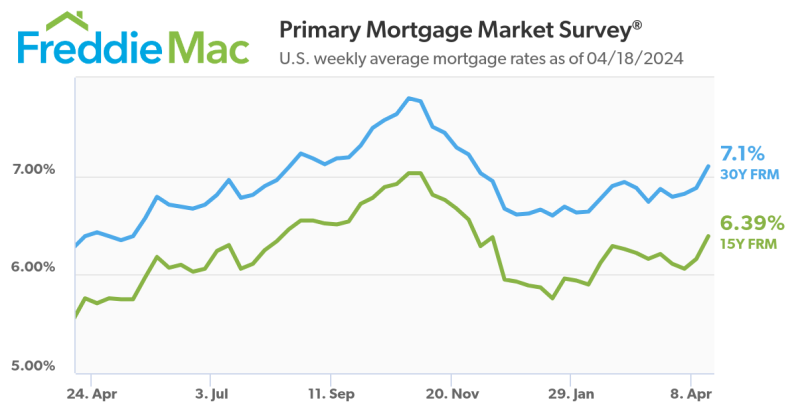Digital Transaction Management

The Consumer Financial Protection Bureau’s (CFPB) notice of the extended deadline for implementation of the complex TILA-RESPA Integrated Disclosure (TRID) requirements is another reminder of the importance of compliance throughout the mortgage loan process. Under TRID, a lender will have significantly greater accountability and be required to provide greater transparency in the Loan Estimate and Closing Disclosure process. However, TRID is really just the beginning.
As the mortgage industry is rooted in traditional, hard-copy, multi-party financial service processes, digital transformation has been slow and very limited in scope. But—incited by the industry’s and regulators’ desire for advanced, real-time compliance and auditability—the demand for digital capabilities are expected to spur the utilization of Digital Transaction Management (DTM) across multiple industries into a $30-billion market by 2020, according to a study conducted by Aragon Research.
The increasing adoption of DTM for mortgage assets provides several benefits, including:
►Managing the interactions between all parties of the loan process in a thorough and auditable manner to reduce the risk for the lender;
►Providing a more informative and transparent home-buyer experience to improve customer satisfaction;
►Managing the assets as transferable records within the secondary market; and
►Providing security and auditability to assure proof and verification of the final disposition of documents.
The biggest advantage of the digitization of mortgages is certified compliance. DTM ensures the accuracy and consistency of data transition in the document workflow for mortgage transactions. This not only keeps the document set orderly by allowing the process to move faster and in a more efficient manner, but it delivers upon consumer expectations that federal compliance requirements will be met.
Deep and verifiable detail
As the components of digital tracking are far more comprehensive than paper processes, DTM capabilities are nearly endless—including encryption, digital tamper seals, transaction information availability, integrity checks and detailed auditability—where users can track every action taken with a document. This level of referenceable detail and data removes human error and the highly-unreliable process of paper trails.
Full system integration
By digitizing the mortgage process, lenders can ensure that no aspect of their agreements or disclosures are lost. Through full digital integration, documents can be managed and protected throughout their lifecycle—from the signing ceremony through an e-signature vendor, to post-signature needs with a secure vaulting vendor and pledging or collateralizing in the secondary market with a banking or financial system. This single digital audit trail, crossing each organization seamlessly, offers lenders and buyers assurance in both the asset’s security and compliance.
Real-time capabilities
Most notably, DTM adoption allows lenders to work globally with mortgage documents without lag, as all additions or revisions are made immediately and shown in real-time to the customer. Regulators are able to conduct audit procedures on any contract or asset with a much higher level of efficiency and ease by auditing an asset digitally within a few minutes, rather than the typical paper process of weeks. These real-time capabilities help to consolidate hundreds of pieces of paper and streamline tedious processes—ensuring compliance no matter how large or complex the asset.
Through DTM adoption, the mortgage industry can lean on traceable details, cross-organizational integration of assets and real-time proficiency to guarantee compliance—a standardization of the process that is universally unavailable with paper processes.

Stephen F. Bisbee serves as president and CEO of eOriginal Inc., a provider of digital transaction management (DTM) solutions. Bisbee is a founder of eOriginal and is co-inventor of the eOriginal technologies. He may be reached by phone at (866) 364-3578.
This article originally appeared in the August 2015 print edition of National Mortgage Professional Magazine.





